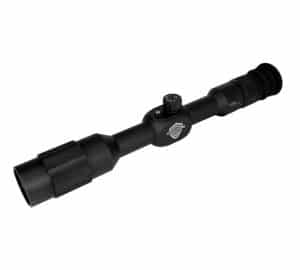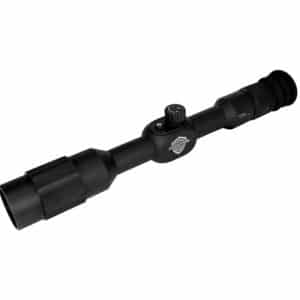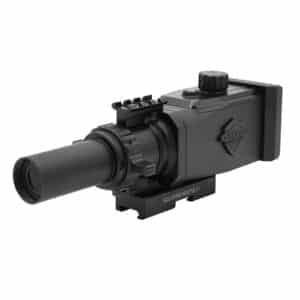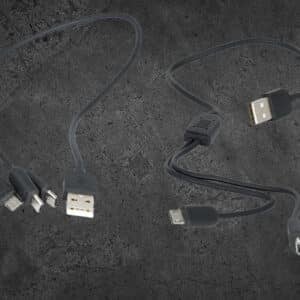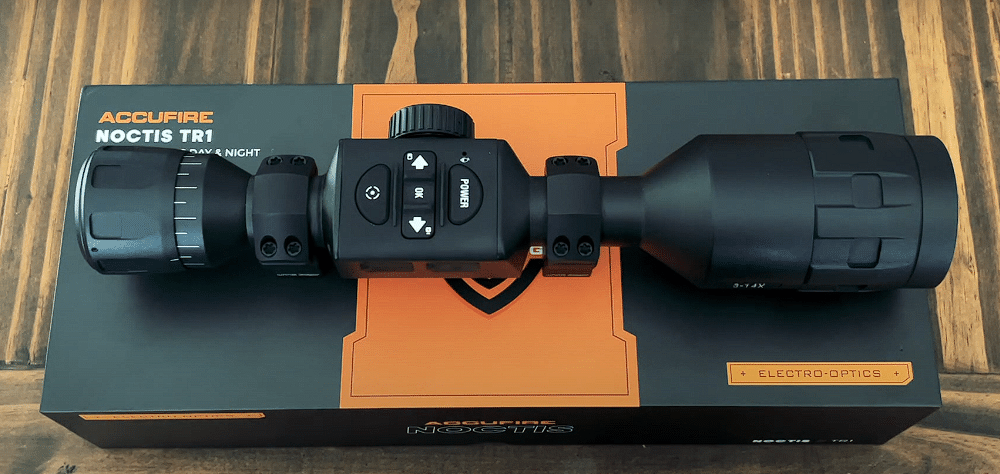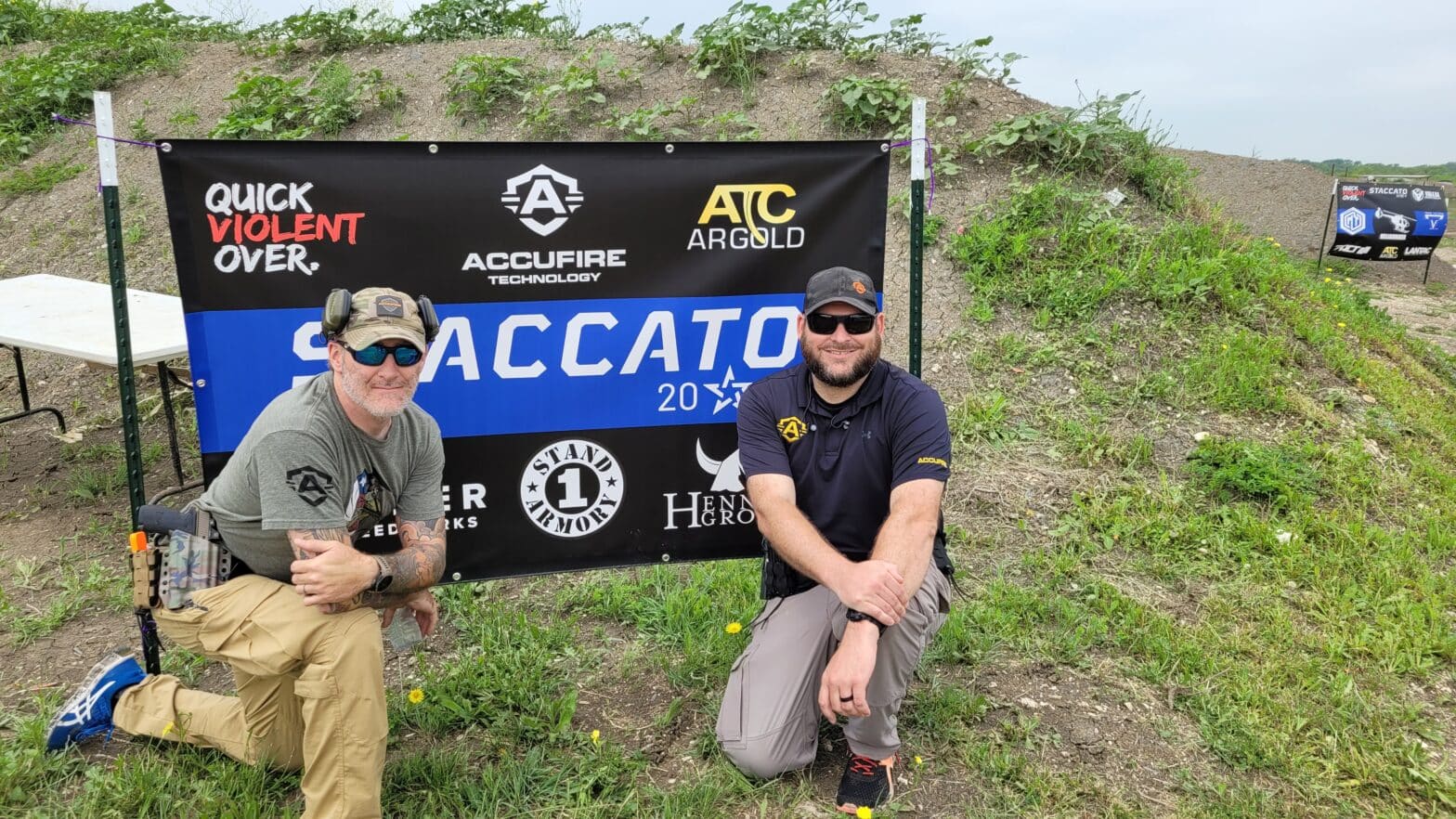Using a night vision scope to hunt in the dark is the pinnacle of human ingenuity.
Hunting at night has long been a part of the human experience. For many reasons, across many millennia, man has found a way to stalk and harvest game in the dark. It has only been in the last century that the techniques of night hunting have made significant progress.
For most of human history if a hunter wanted to hunt at night he either had to know the location of his prey and kill it while it slept, or use a source of artificial light to locate prey and dispatch it before it could run away. Humans have also used dogs to catch or tree animals in both the daylight and the dark. But early in the 20th century, an invention was born that would revolutionize hunting and the very face of warfare.
The Birth of Night Vision Scopes
In the late 1920s, a Hungarian physicist working in the UK developed an infrared detection method for an anti-aircraft system. Shortly after that the Germans and the Allies both developed infrared night vision systems that would see limited use throughout WWII.
After the war, the United States called on RCA to help further develop night vision technology. By the Viet Nam War US troops were using the Gen 1 “Starlight” scope, and when Stormin’ Norman and the boys crossed the berm for Desert Storm the US’s infrared night vision capability was second to none. Today nearly every military in the world has at least some version of infrared night vision, some are better than others, but all are better than the human eye for seeing in the dark.
It has only been in the last few decades however, that infrared night vision has become truly accessible on the civilian market. The top of the line, combat rated systems are still wildly expensive, but there are many products available to the civilian consumer that are high quality but much more affordable.
Basics of a Night Vision Scope
Before you attempt to hunt with an infrared night vision scope, there are a few basics you need to understand. For the purposes of this article I am going to assume that you already own a night vision scope of some kind, so we are going to skip that part and get into the meat of the topic (if you do not have an infrared night vision scope, go check out Accufire’s offerings here).
I am also going to assume that you are using a weapon-mounted system, not a helmet or head-mounted system with a laser. That is a whole other can of worms that we will not get in to here. Before you step out into the dark and spooky woods, you must first have a working knowledge of your system.
At an absolute minimum, you must know how to turn it on and off, and you need to ensure that it is sighted in for the weapon it is mounted on. The best place to start is the operator’s manual for your system. If you lost it, or bought it from someone secondhand and it did not come with the manual then Google and YouTube will be your best friend.
There are very few things in this world that do not have a blog post or a YouTube video to explain them. Even if you have the paper or digital copy of the manual I still highly encourage you to find video content where you can watch a real human manipulate the system. Bottom line: know your scope. If you are going to use it in the dark then you should be able to operate it in the dark. Practice with your eyes closed or in a dark room. The last thing you want is to spoil your night hunt by having to use a flashlight to diagnose and fix an issue with your scope or rifle.
The next consideration is weapon selection
Ensure that you have the correct weapon for the species and location you are hunting. You don’t necessarily need a .458 SOCOM to whack pigs, especially if you are hunting on a 20-acre property with homes nearby. You want enough power to hunt ethically, but you must also ensure that you are not outshooting your environment.
That is a perfect segway into the next consideration: know the land you intend to hunt. If you can’t do anything else, at least pull up a satellite map of the location and get a basic familiarity with the property lines, acceptable shooting lanes, and any hazards or sensitive areas nearby. Dropping a 300lb boar is awesome, but if you send a .300 Win Mag into somebody’s living room you are going to have a bad time.
The best option is to walk the ground in the daylight before you attempt to hunt at night. If you have never spent time outside at night you will be shocked at how different a location can look at night versus daytime, especially through an infrared night vision scope. Not only will this added information help to prevent accidents, it also gives you an advantage during the hunt. If you know where your quarry is and where it might be going you can hunt accordingly.
Practice makes perfect.
I would strongly recommend that you take your infrared night vision scope and rifle out to get a few repetitions in before you try to kill something with it. Paper targets, steel, game animal silhouettes, all of these things are excellent options for gaining experience and dialing in your ability to wield your weapon system.
I would be remiss if I did not mention that you need to be familiar with the state and local regulations governing night hunting in the area you plan to hunt. Every state is different and some strictly prohibit night hunting of any kind. Know the rules so you don’t get a fine or go to jail.
Last but certainly not least: safety. Always follow firearm safety rules. Treat every firearm like it is loaded, point it in a safe direction, never point it at something you are not prepared to destroy, and always know what is behind your intended target.
You have a night vision scope (like our Noctis TR1 scope), know how to use it, and know the land you are hunting and the regulations in your area. You will follow firearm safety standards and you will have an incredible time in the woods with your infrared night vision scope.
Accufire, Advancing Accuracy. Our digital spotting scopes, clip on thermal rifle optics, night vision scopes, red dot sights and optic accessories give you the quality you deserve, at a price you can afford.
